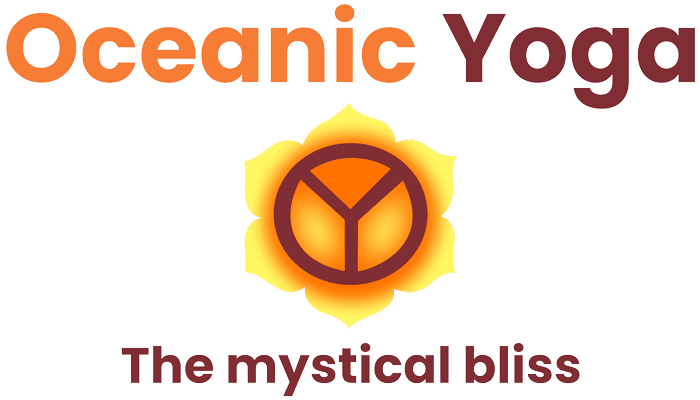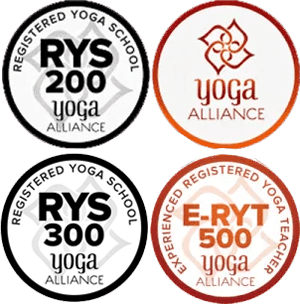Yoga Anatomy
Nervous system – the master of the body
Living Activities
All activities of the body can be divided into Physical and Mental.
- Physical- External, internal.
- Mental- Knowledge, thinking, emotions , memory.
Parts of Nervous System
Brain
Spinal cord.
Nerves.
Brain
- Experiential apparatus and controlling center.
- Three-
- Physical Activity- lower and middle brain.
- Emotions-Limbic system.
- Intellect- cerebrum (cortex)
- Sympathetic- Flight and fight/overwork/energy loss/exhausation/thoracolumbar.
- Parasympathetic- Rest and digest/ Craniosacral/ rhythmic work/ less expence of energy/ no exhausation.
- Autonomous system is under influence limbic system.
Yoga- Improving the brain function
How ?
- Controlling limbic and autonomous system. (Reconditioning of the psychophysical mechanism)
- Strengthening the quality of cerebral cortex. (cultivation of the correct psychological attitude)
It does not get developed in all people?
- Stress – misuse and overuse of the cortex.
- Over Sex – overuse of cortex
- Lethargy – no use of cortex

Two Directions
- All physical activities are under control of nervous system.
- Each and every organ is in communication with brain.
- Thus there are two flow of communications-
- Organ to brain- Sensory path-sensory nerves-gives knowledge.
- Brain to organ- Motor path- motor nerves-gives order.
Motor system
Voluntary and Involuntary.

Limbic system
- Emotional responses.
- Pain, pleasure, phobia centers.
- More get activated during stress.
- Emotional centers should be under control of intellectual centers.
- But in usual life it does not happen.
Cerebral/cortical part- Intellectual center
- Frontal lobe- thinking, intelligence
- Parietal lobe- perception of space, time
- Temporal lobe- speech, hearing
- Occipital lobe- vision, balance
Properties of brain cells
- Very big life span
- Very high electrical activity
- Very less chance of repair.
- Easily exhaustible.
- Automaticity.
- Glandular activity.
Anatomy of cerebral cortex
- We are cortical being.
- Cerebral cortex is the indication of the great evolution of human being.
- Highest biological center.
- All great ideas, principles, theories, discoveries, higher experiences come into biological existence through highly evolved cortex.
- It is the grey matter of the cerebrum
- Like covering of fruit or the external skin of the bark of the tree
- 2 to 3 mm thick
- Cortex contains about 10,000 billion of cells.
- These are organized in millions of cortical modules (colony)
- Each module contains about 2500 neurons.
- When one developed in higher stage of yoga, the number of modules and cells get increased.
Levels of consciousness
- We are cortical being.
- Cerebral cortex is the indication of the great evolution of human being.
- Highest biological center.
- All great ideas, principles, theories, discoveries, higher experiences come into biological existence through highly evolved cortex.
- It is the grey matter of the cerebrum
- Like covering of fruit or the external skin of the bark of the tree
- 2 to 3 mm thick
- Cortex contains about 10,000 billion of cells.
- These are organized in millions of cortical modules (colony)
- Each module contains about 2500 neurons.
- When one developed in higher stage of yoga, the number of modules and cells get increased.



